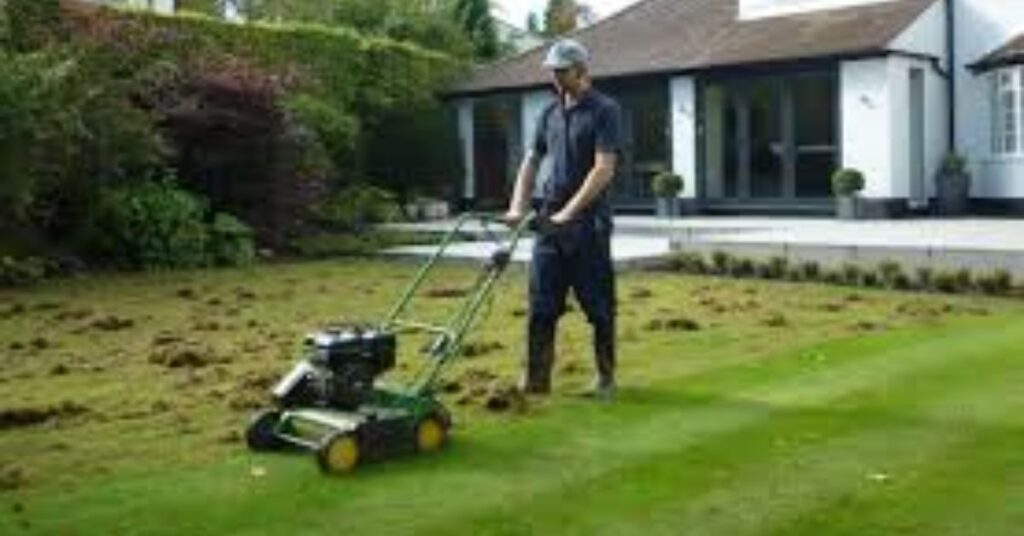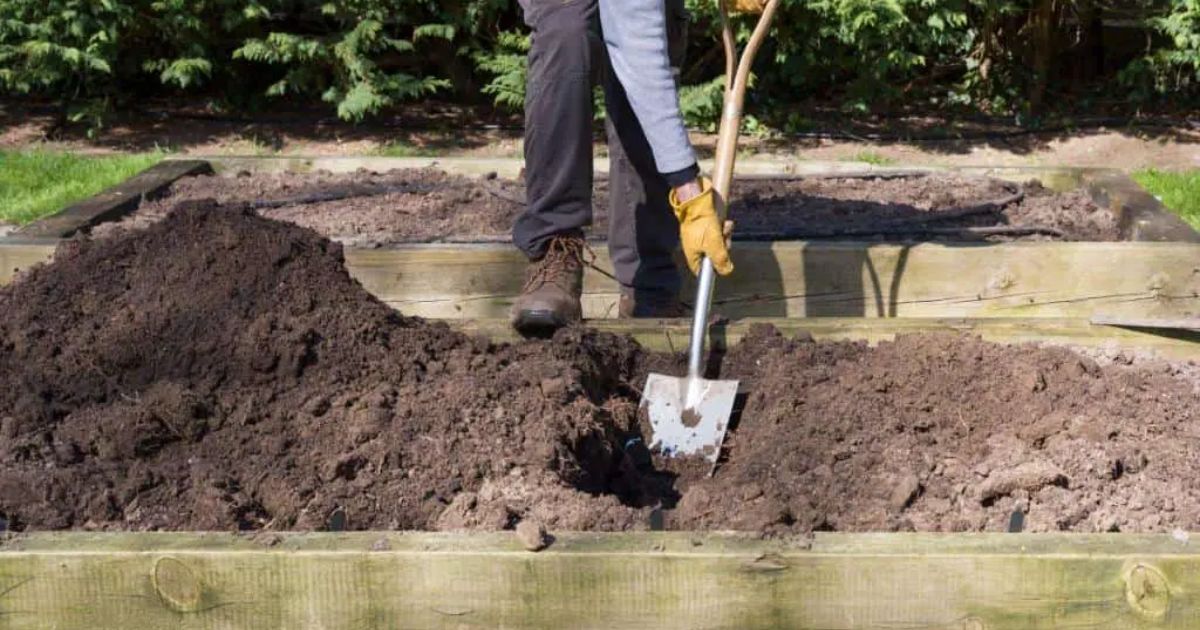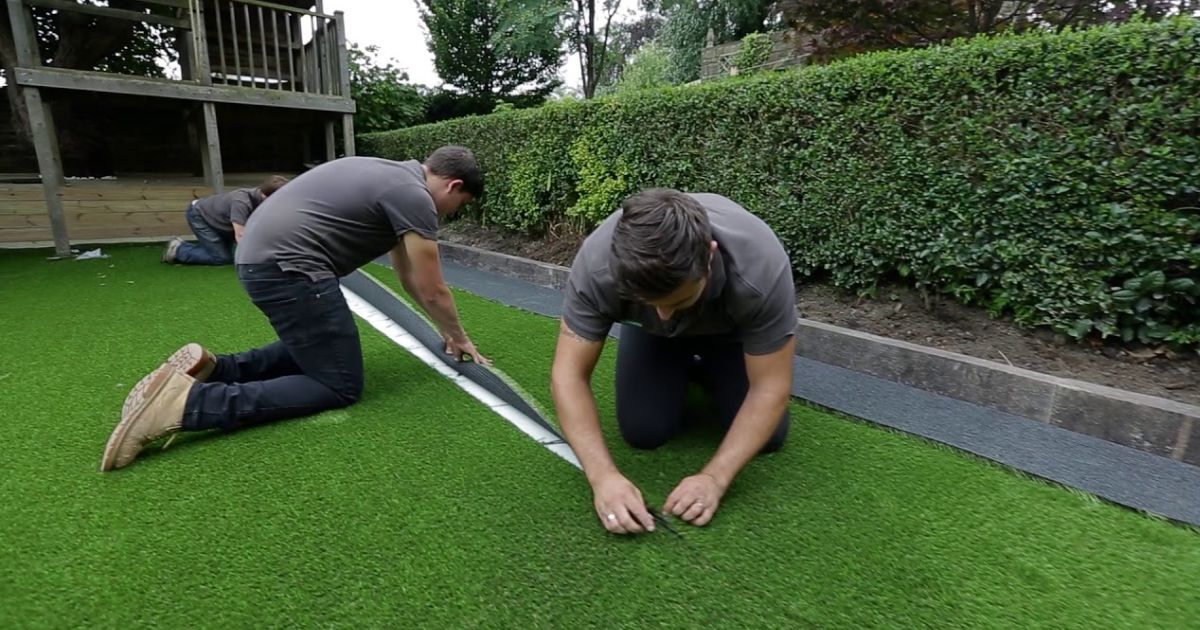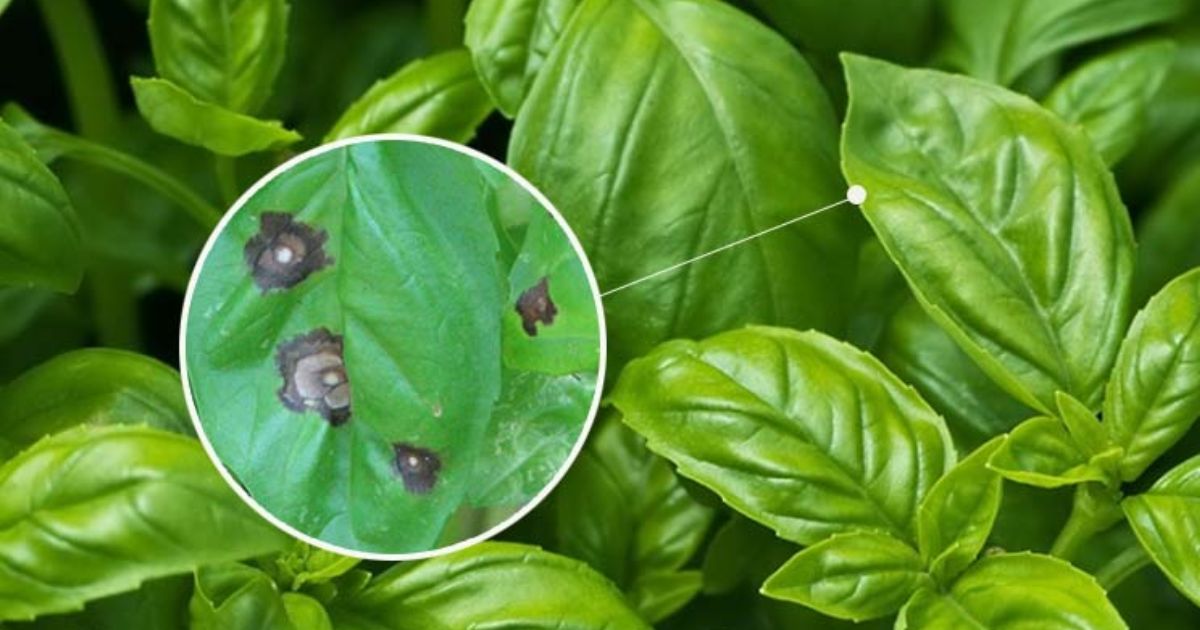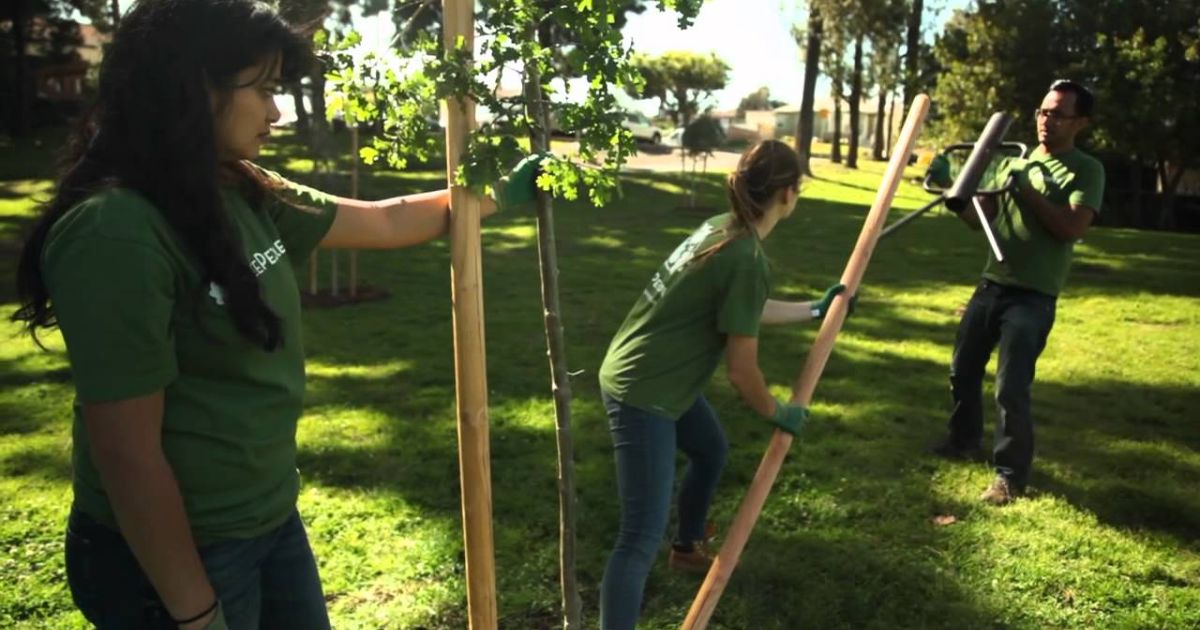A lush, verdant lawn is what every homeowner desires, but regular watering and mowing aren’t enough to keep grass healthy. Scarifying is a frequently disregarded technique for enhancing the health of a grass. Thatch, between the soil and the living grass, a layer of moss, dead grass, and other organic detritus builds up. is removed by scarifying, often referred to as dethatching. Here are some reasons why rake for scarifying your lawn may be the best way to swiftly and successfully address grass issues.
What Is Lawn Scarification?
Lawn scarification involves using a scarifier, a specialized rake, or a powered dethatcher to cut through and remove the thatch layer. This process opens up the soil, allowing better air, water, How to Grow Tulips and nutrient penetration, which promotes stronger and healthier grass growth.
What Does Scarifying a Lawn Do?
Scarifying a lawn is like giving it a deep clean—and trust me, your grass will thank you. It’s the process of removing thatch, the layer of dead grass, moss, and organic matter that builds up over time. When thatch gets too thick, it blocks air, water, and nutrients from reaching the grassroots.By scarifying, you loosen the surface and allow the lawn to breathe. This helps prevent diseases and encourages stronger, healthier growth. Scarifying also improves drainage, which reduces moss build-up and helps avoid soggy, patchy lawns.
You can scarify your lawn using a manual rake, but a scarifying machine makes the job easier and more effective for larger areas. The Best Plants for a Bathroom The best times to scarify are during when the grass can swiftly recover and is actively growing, such as in the spring or early autumn. After scarifying, your lawn might look rough initially—but don’t panic! It will bounce back better than ever with some aftercare (like watering and feeding). Scarifying is a simple but powerful step in lawn care that can transform a tired yard into a lush, vibrant carpet of green.
Benefits of Scarifying Your Lawn
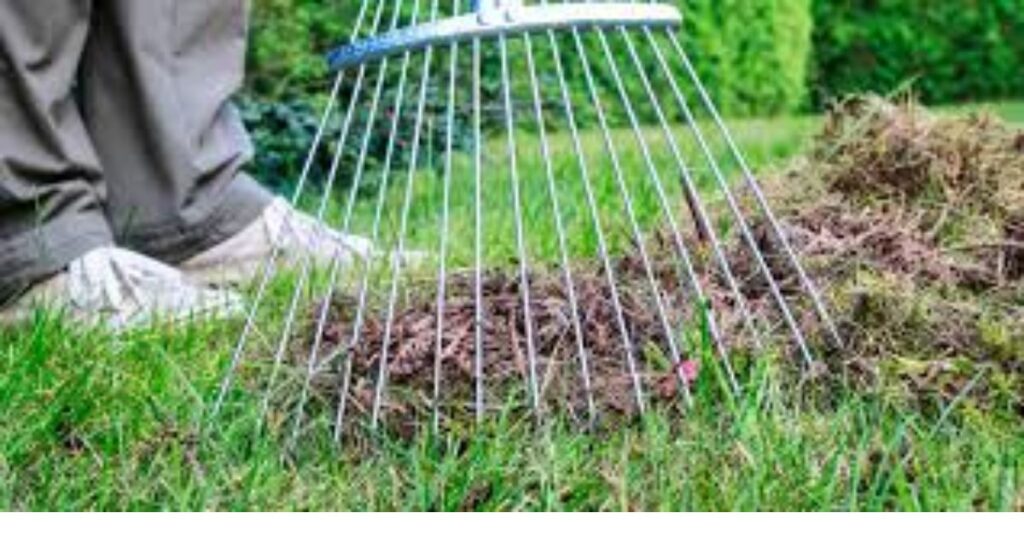
- Improved Air and Water Flow When thatch builds up, it prevents air and water from reaching the soil, resulting in weak grass and shallow root systems. Scarifying removes this barrier, ensuring moisture and oxygen penetrate deep into the roots.
- Prevention of Lawn Diseases Thatch buildup can create a damp, humid environment that encourages lawn diseases like mold and fungi. By removing excess organic matter, scarification reduces the risk of disease and keeps your grass healthier.
- Better Nutrient Absorption With less thatch blocking the soil, Soil Solarization essential nutrients from fertilizers can reach the grass roots more effectively. This means your lawn will benefit more from any treatments you apply.
- Enhanced Grass Growth Scarifying promotes new growth by encouraging fresh shoots to emerge. This leads to a denser, more resilient lawn that can withstand foot traffic and changing weather conditions better.
- Reduction of Moss and Weeds Moss thrives in compacted soil with poor drainage, while weeds often take advantage of weak grass. scarifier rake helps control moss and weeds by improving soil aeration and drainage, allowing grass to flourish instead.
When to Scarify Your Lawn
The best time to scarifier for lawn depends on your climate and grass type, but generally:
- Spring (March to May) – Ideal for promoting new growth before the summer.
- Early Autumn (September to October): This time of year helps prepare the lawn for winter dormancy and prevents excessive thatch buildup.
How to Scarify Your Lawn
- Mow the Lawn First: To make thatch removal easier, cut your lawn shorter than usual.
- Choose the Right Tool: For small lawns, Use a manual scarifying rake or a powered scarifier for larger areas.
- Scarify in Two Directions: First, go over the lawn in one direction, Quick and Easy Ways to Ripen then again at a perpendicular angle for thorough thatch removal.
- Rake Up Debris: Collect and dispose of the removed thatch and moss to prevent regrowth.
- Feed and Water the Lawn: Apply a scarifying lawn feed and water well to encourage recovery and new growth.
How to Know When to Scarify Your Lawn
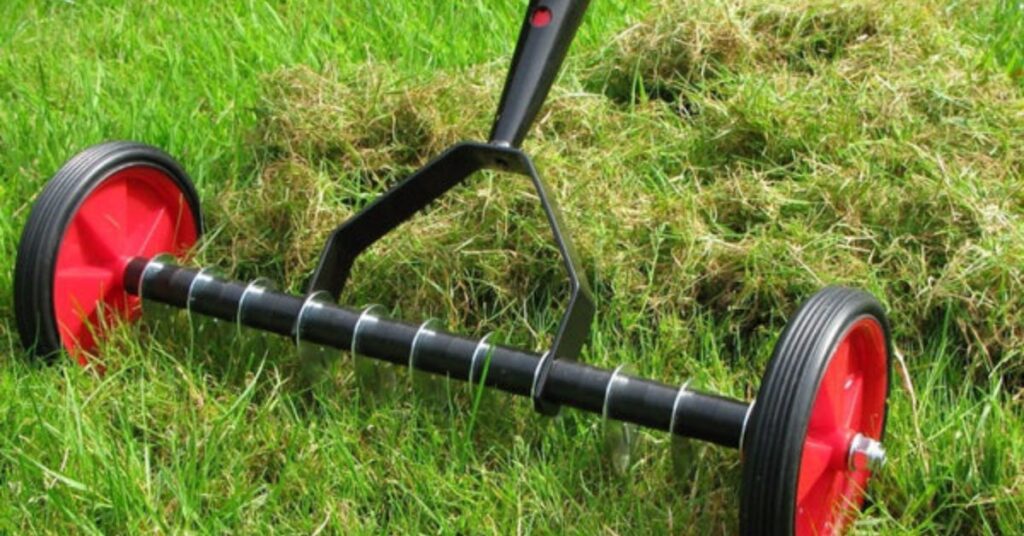
You can determine if your scarify lawn needs scarifying by performing a simple test. Drag a small metal rake or cultivator loosely across the grass. If you notice lawn debris, moss, or thick thatch loosening, it’s time to use a scarifier. Additionally, if your lawn has excessive weed growth, it may indicate the need for scarification, as weeds thrive in nutrient-deficient thatch-covered soil.
Best time to Scarify Your Lawn
scarified lawn typically occurs between March and September, Why Fall is the Best Time to Plant Trees when The temperature range is 15°C to 20°C. Scarifying is best done in the spring and fall. as summer heat and winter frost can damage the lawn during this process.
Scarifying in Spring
The best time to scarifying and raking in spring is between early March and late May. If you plan to use your lawn frequently in summer, early scarification allows the grass time to recover—ideally for three weeks. Since May is often warm and dry, additional irrigation may be necessary to help the lawn regenerate.
Spring Scarification Strategies:
Scarifying First:
- If the lawn was regularly mowed in autumn, you can start the new season with scarification.
- After scarifying, fertilize the lawn and mow it to its standard height after one or two weeks.
Fertilizing First:
- Begin by fertilizing the lawn.
- Mow the grass to its standard height.
- After the second mowing (about two weeks later), proceed with scarification.
Scarifying in Autumn
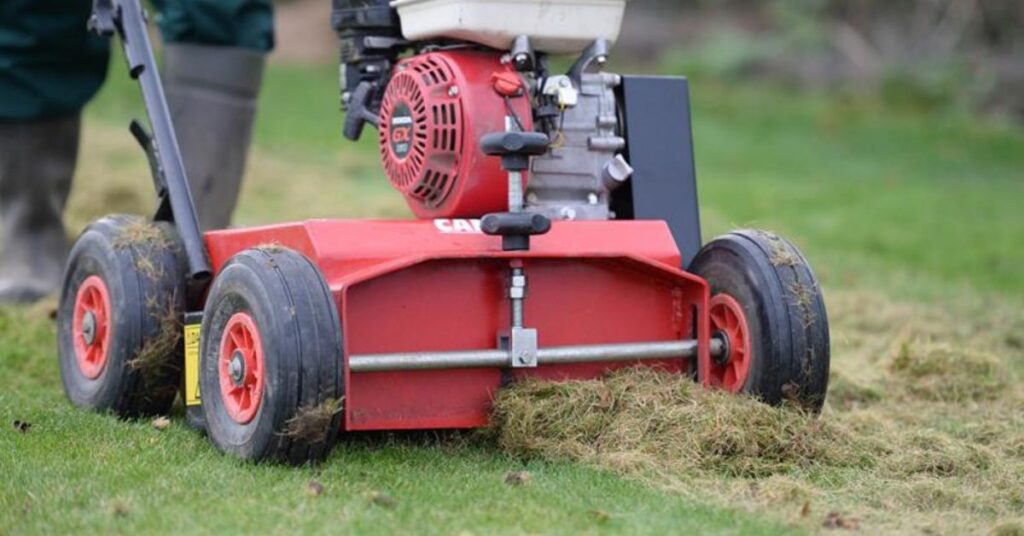
A second round of scarifying lawn may be needed between mid-September and mid-October. At this time, temperatures should still be warm but no longer hot. Best Strawberry Types This autumn scarification helps remove moss, weeds, and thatch while preparing the lawn for winter dormancy. Ensure your lawn has enough time to recover before the cold sets in.
Choosing the Right Scarifier
Scarifiers vary based on their power source:
- Petrol Scarifiers – Powerful and suitable for large lawns.
- Cordless Scarifiers – Provide mobility without cords.
- Electric Scarifiers – Lightweight and require a power outlet.
Regardless of the type, all scarify lawn work similarly: A rotating spindle equipped with rigid or rotating blades cuts into the turf (about 2–3 mm deep), removing dead grass, moss, and thatch. This improves air and light penetration to the roots while ensuring better drainage. Petrol and electric scarifiers may also collect debris in a grass bag or throw it out for manual collection.By following these scarification techniques, you can maintain a healthy and thriving lawn year-round!
How Long After Scarifying Should I Overseed?
When to overseed after scarifying your lawn? The good news is—you don’t have to wait long! The best time to overseed is immediately after scarifying. Scarifying opens the soil surface, creating the perfect conditions for grass seed to settle in, contact the soil, and germinate successfully.Once scarifying, lightly rake the lawn to remove loose debris and prepare for seed application. Then, spread the seed evenly across the lawn. Using a lawn spreader can make this process quick and consistent. How to Prune Roses for Healthy After seeding, lightly rake again or top-dress with a thin coating of topsoil or compost to Maintain the seeds moist and secure.
Water gently but consistently to keep the soil damp—this is key for germination. Avoid heavy foot traffic during this period, and skip mowing until the new grass reaches at least 3 inches tall.So, don’t delay! Overseeding right after scarifying gives your lawn the best shot at bouncing back thick, green, and healthy. Timing and care are everything—get it right, and your lawn will be the envy of the neighbourhood.
Conclusion
scarifying process a lawn is essential for maintaining a healthy and lush green yard. Removing thatch, moss, and debris allows your grass to breathe, absorb nutrients, and grow stronger. While it may seem like a harsh treatment, regular scarification promotes long-term lawn health and improves its appearance.After scarifying, improper aftercare, including overseeding, watering, and fertilizing, is crucial to helping the grass recover. Timing also plays a key role—spring and autumn are the best seasons to scarifying vs dethatching for optimal results. Dwarf Sunflowers
In summary, scarifier for grass may initially leave your lawn looking rough, but with proper care, it will flourish in the long run. By incorporating this practice into your lawn maintenance routine, you’ll enjoy a greener, healthier, and more resilient lawn throughout the year.
FAQ
1. How often should I scarify my lawn?
It’s generally recommended to scarify your lawn once a year, usually in the fall or spring. But if there There is a lot of moss or thatch buildup on your lawn. you may need to scarify more frequently. Avoid scarifying too often, as it can damage the grass.
2. What is the best time of year to scarify my lawn?
The ideal time for scarifying is either early spring or late autumn when the grass is actively growing but not under stress from extreme temperatures. These seasons allow the grass to recover and grow back stronger.
3. Can I scarify a lawn with moss?
Yes, scarifying is an effective way to remove moss from your lawn. It pulls the moss out of the soil, allowing the grass to grow back more freely. After scarifying, you may want to use a moss killer or apply additional treatments to prevent regrowth.
4. Will scarifying damage my lawn?
Scarifying can initially make the lawn look rough, but it will not harm your grass in the long run. It promotes healthier grass growth by improving soil aeration and allowing better nutrient absorption. To help it recover, provide aftercare, like overseeding and fertilizing.
5. How can I prepare my lawn before scarifying?
Make sure the lawn is dry before scarifying and trim it to a lower length. avoid clogging the machine. Clear any debris like twigs and leaves, and consider watering the lawn lightly a day or two beforehand to soften the soil, making the scarifying process more effective.

